Legal Aid in Europe: Nine Different Ways to Guarantee Access to Justice?
Authored by Maurits Barendrecht, Laura Kistemaker, Henk Jan Scholten, Ruby Schrader, Marzena Wrzesinska, published in 2014
HiiL delivered a report to the research institute of the Dutch Ministry of Security and Justice (WODC) comparing legal aid systems in nine countries: France, Germany, Belgium, England & Wales, Scotland, Ireland, Poland, the Netherlands and Finland. The report has been sent to the Dutch parliament on May 20, 2014. It also investigates the minimum requirements for state-financed legal aid under the European Convention of Human Rights (ECHR) and from case law of the European Court of Human Rights (ECtHR).
We found large variations in expenditure, and even higher variability in expenditures for specific problems such as family justice or criminal justice. Differences in the complexity of procedures may explain this.
These, and other data, suggest a strategic approach to improve access to justice. There may be huge gains available from zooming on the supply chain around common and frequent legal problems. For each problem, supplying targeted legal information, hybrid problem solving (first line) legal services and specialized, simple procedures, is likely to be part of the strategy. These delivery models can be supported by best practices (protocols) and online platforms.
It was more difficult to find data which allow comparison between countries as to the quality of legal assistance. Indicators of the quality of civil, administrative and criminal justice suggest that some countries deliver considerably more justice per Euro invested than others.
Legal aid is one of several ways to guarantee access to justice. The ECtHR is open to alternatives, such as simplification of procedures. The reports lists the criteria for legal aid in several categories of cases. It also shows that, and how, all countries in this research are working on legal aid reform.
The report identifies nine factors that seem to have a (major) positive impact on costs and/or quality. Five variables seem to have little impact on budgets, and varying impacts on quality. Two variables with uncertain impact on costs and quality deserve further study. Overall, the examples set by neighbouring countries, suggest how systems can be innovated in a more substantial and holistic way by improving the interaction with other elements of the justice system so that access to justice becomes less costly for citizens and governments, and leads to better outcomes for citizens.
